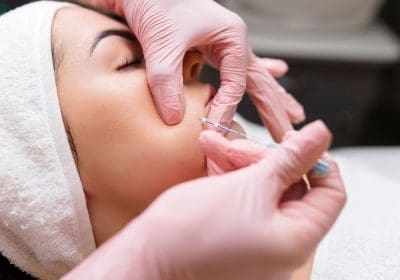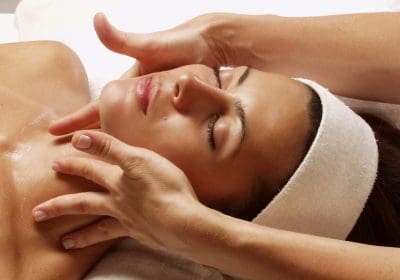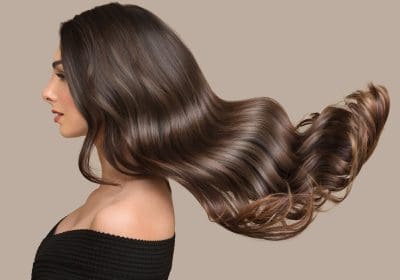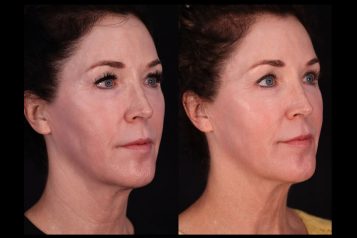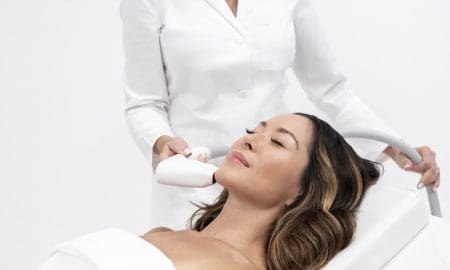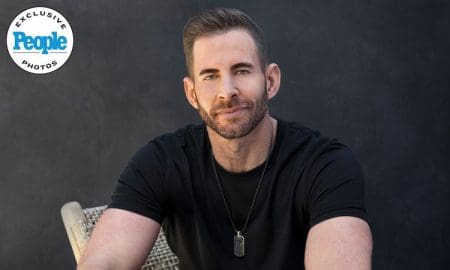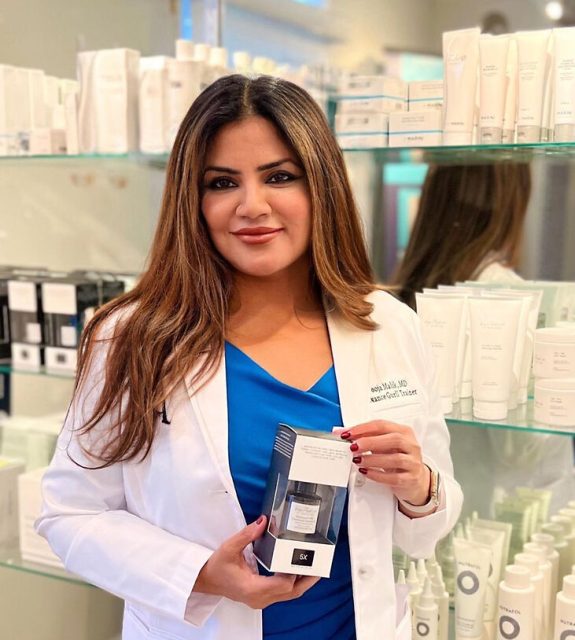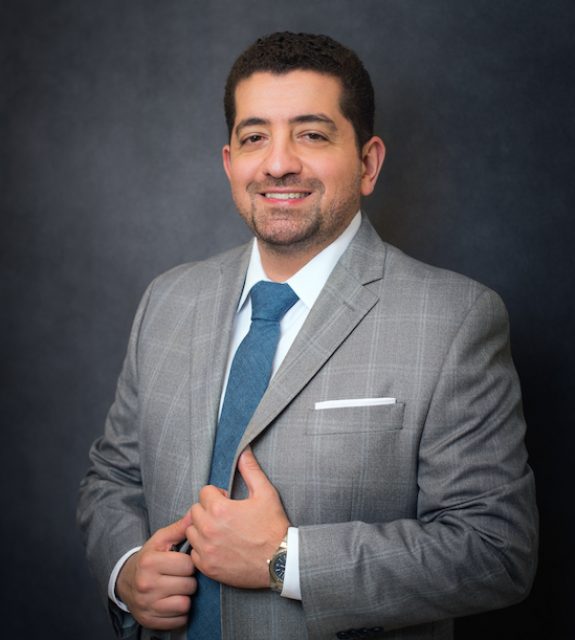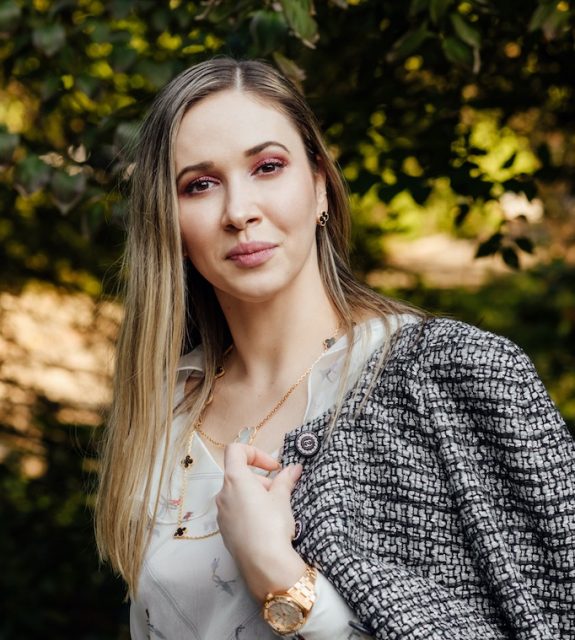Facelift surgery stands as a powerful tool for individuals seeking to turn back the hands of time and has become an increasingly popular option for both men and women. While the desire to look younger and feel better about oneself is a universal motivation, the nuances of societal pressures and gender expectations play a significant role in shaping individuals' decisions regarding cosmetic procedures.
 Photo Credit: Courtesy of Kamil Macniak/Shutterstock
Photo Credit: Courtesy of Kamil Macniak/Shutterstock
Common Motivations
The primary motivation for both men and women seeking facelift surgery is to reclaim a youthful appearance and enhance their self-esteem. Whether it's to maintain a competitive edge in the professional sphere or simply to feel more confident in their personal lives, the desire for rejuvenation transcends gender boundaries.
Societal Pressures
However, societal expectations exert different influences on men and women when it comes to appearance. Women often face greater pressure to conform to beauty standards, which can manifest in various forms such as fashion, makeup, and cosmetic procedures. The societal emphasis on female beauty often drives women to seek out enhancements like facelift surgery at a younger age. Conversely, men may not experience the same level of pressure to maintain a flawless appearance, although expectations regarding physical fitness and grooming still exist.
Intersection of Age and Gender
Age intersects with gender in the decision-making process for facelift surgery, particularly in how societal norms shape perceptions of aging. Women may feel compelled to address signs of aging earlier in life due to societal expectations of youthful appearance, while men may delay seeking cosmetic interventions until later stages of aging. These differences reflect broader societal attitudes toward aging and gender roles.
Desired Outcomes
Despite gender differences in societal pressures and age-related perceptions, the desired outcomes of facelift surgery remain consistent across genders: to look younger and feel more confident. Whether male or female, individuals seek the same rejuvenating effects to enhance their appearance and overall well-being.
Techniques and Approaches
Subtle differences emerge in the techniques and approaches used for men and women during cosmetic surgery. One notable distinction lies in the creation of incisions, particularly for men who may have beard hair that necessitates careful consideration during surgery. Additionally, facelift procedures for men can be more challenging due to differences in facial anatomy, resulting in potentially higher costs compared to procedures for women.
While the motivations driving men and women to seek facelift surgery may share common ground, societal pressures, age, and gender dynamics influence the decision-making process in nuanced ways. Understanding these factors is essential for both patients and practitioners alike to ensure that cosmetic interventions align with individual goals and expectations. Ultimately, facelift surgery serves as a transformative tool for individuals of all genders to enhance their confidence and embrace their best selves.
For more information, visit Dr. Brian K. Machida's social media:





